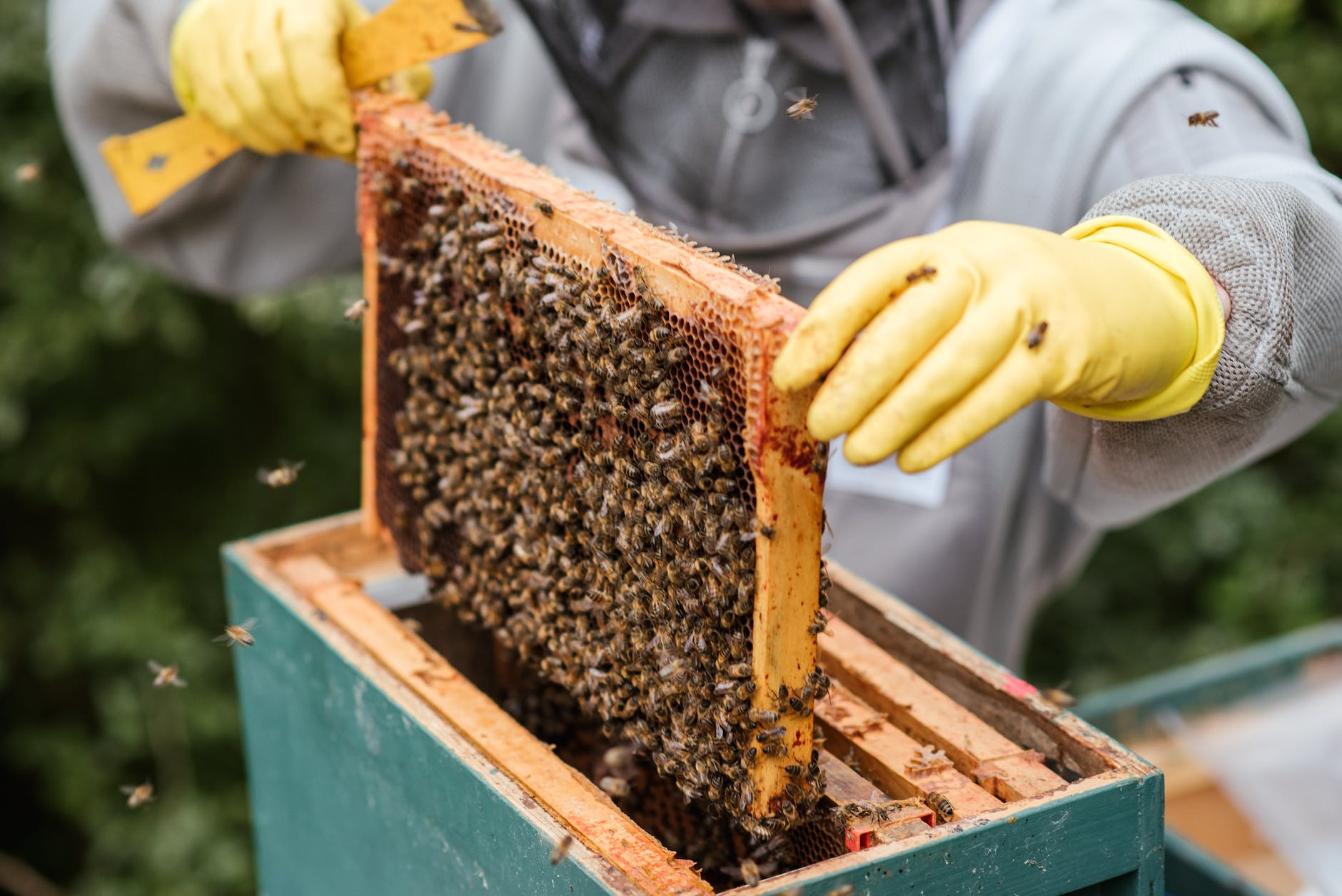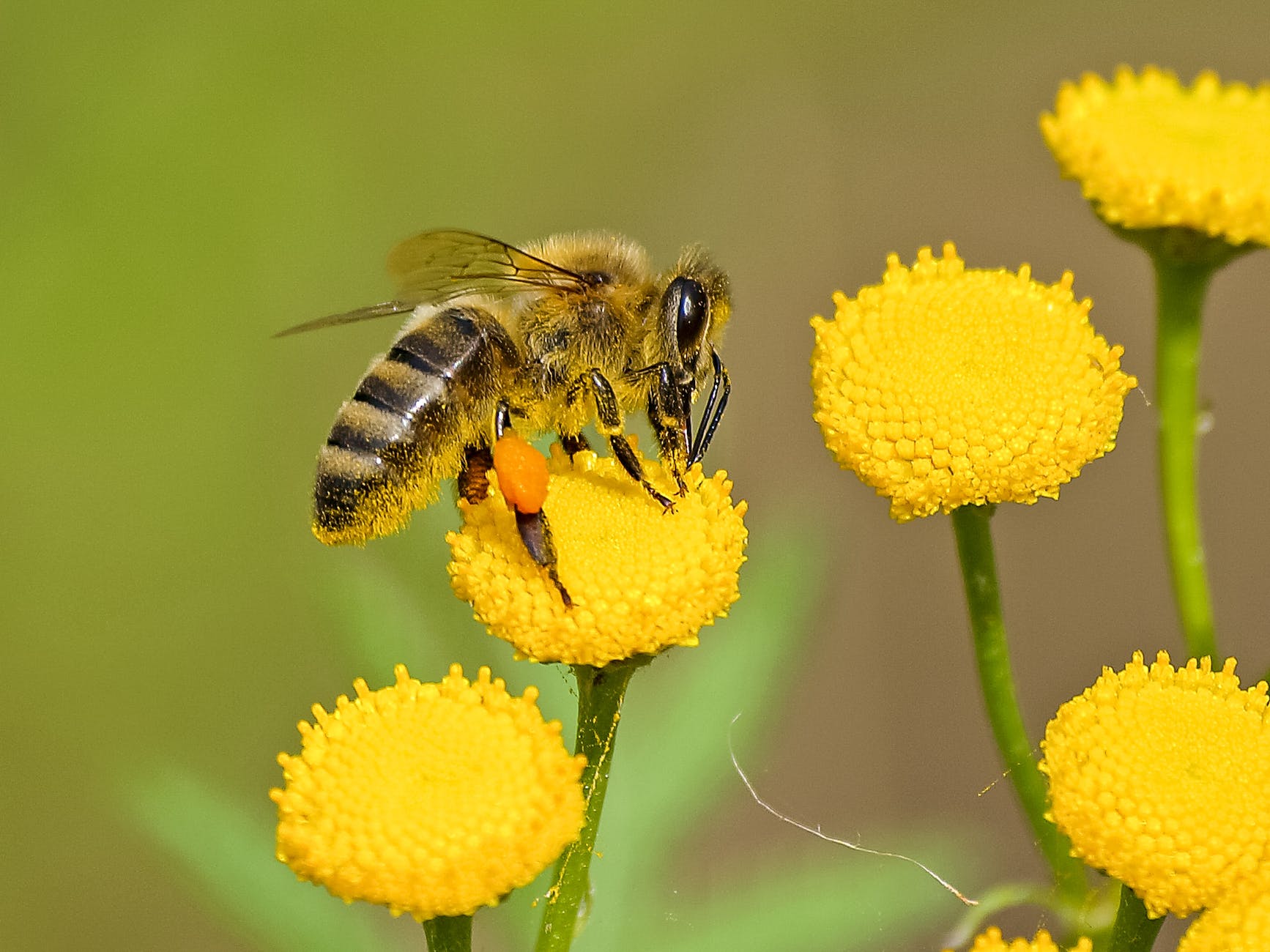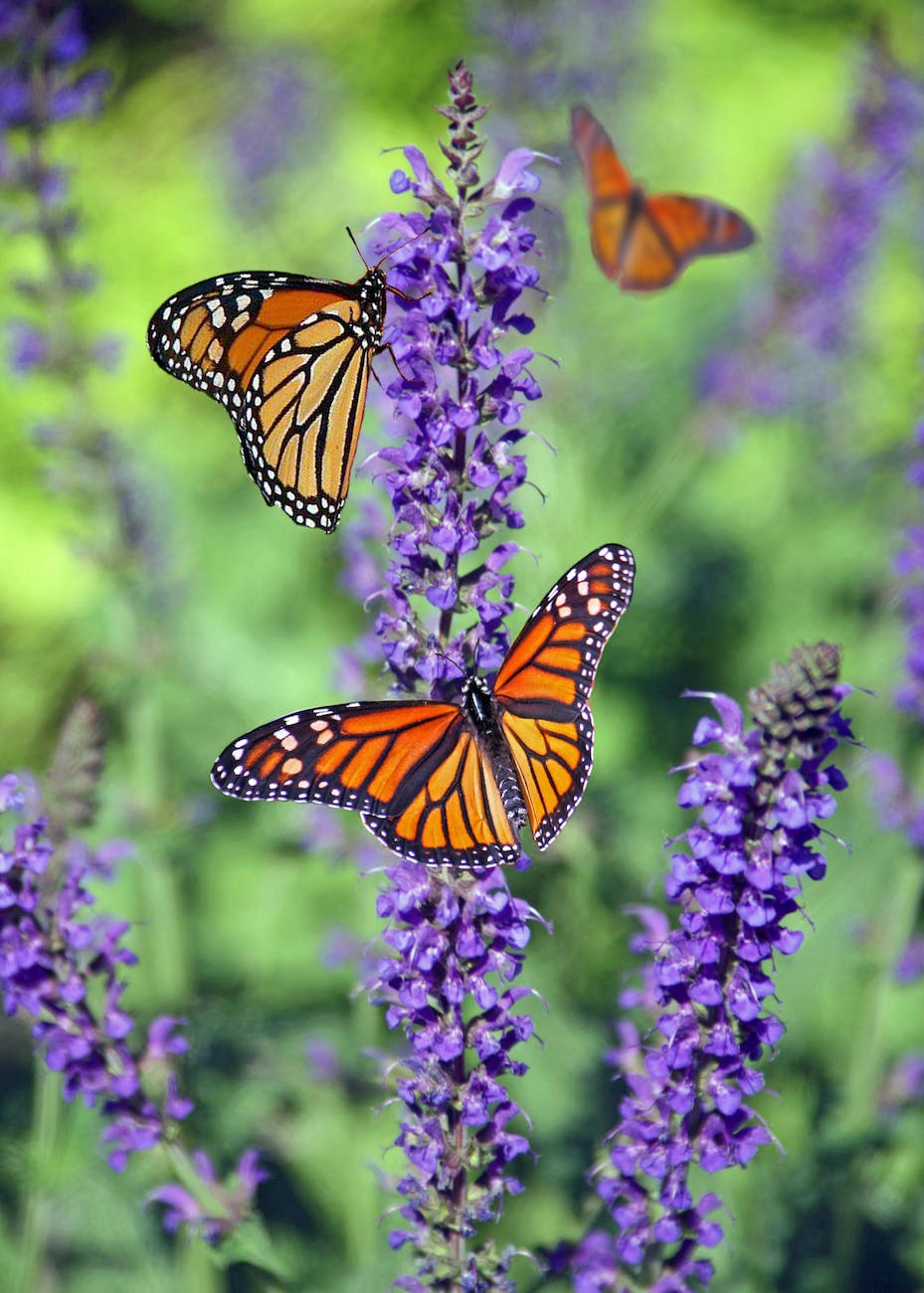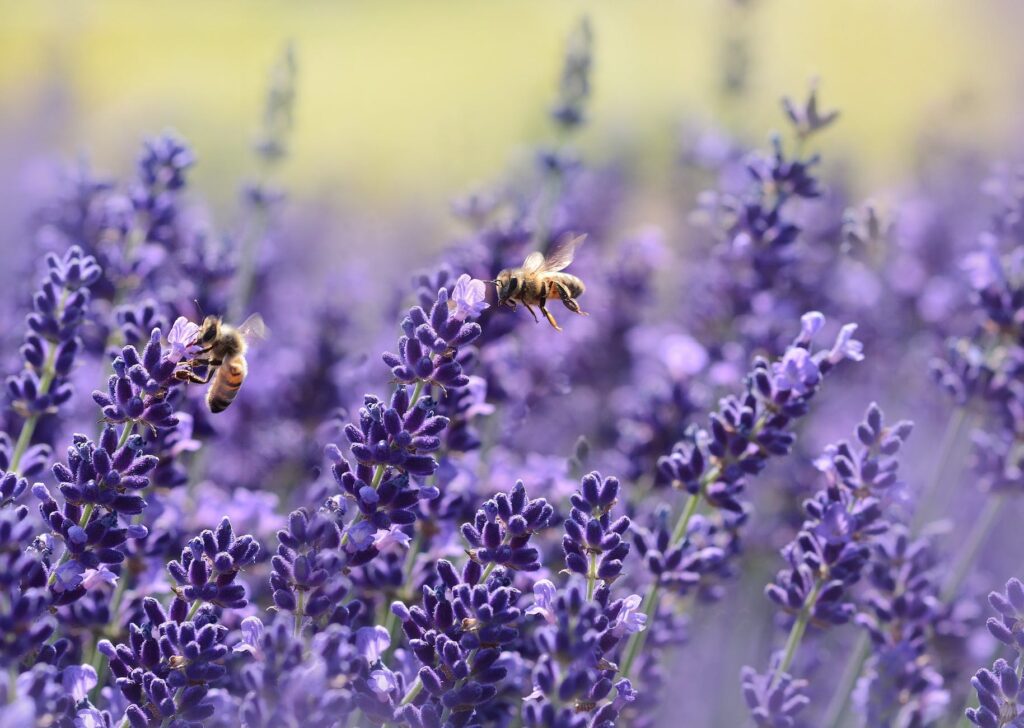We’ve foraged for some of our favorite bee facts, and we’ve discovered that this cute little insect plays a big role in the Black Hills — and the world.


1. Second is the best
South Dakota is the second largest producer of honey in the U.S. Our neighbor to the north, North Dakota, is the state that produces the most honey in the country.
2. You only sting once
Honey bees can only sting once. Their stingers are barbed, so when they sting an unlucky creature, their stinger — along with a lot of their organs — stays behind. So, honey bees will only sting as a last resort, like if their hive is under attack.
3. That’s a lot of money — I mean honey
According to the South Dakota Department of Agriculture and Natural Resources, honey bees add tens of millions of dollars to the South Dakota economy each year. Obviously honey and beeswax account for some of those dollars, but honey bee pollination is crucial to maximizing the yields of many crops grown in South Dakota.
4. A lot of ground to cover
Most honey bees will stay within about a couple of miles of their hive when they go and forage. But, research has shown that honey bees can venture out as far as eight miles to find the food or water their hive needs to survive.


5. One flower at a time
Honey bees harvest nectar and pollen in a monofloral way, which means that they will harvest from one species of flowers before moving to another. That’s why you can buy pure clover honey or pure alfalfa honey.
6. Green honey?
Because of the monofloral way that honey bees harvest nectar, some clever beekeepers have concocted some interesting honey. By providing honey bees with access to Mountain Dew, beekeepers have been able to produce bright green honey. Some French beekeepers were shocked when their bees were producing blue and green honey. It turns out that the bees were raiding the leftovers of a nearby M&M’s factory.
7. Making it official
In recognition of its important contributions to the agricultural industry, the honey bee was declared the state insect of South Dakota in 1978.
8. A big deal
“If the bee disappeared off the surface of the globe, then man would only have four years of life left.” This quote is attributed to Albert Einstein. Whether or not the famous physicist actually ever said or wrote these words is uncertain. What is certain is that idea — much of our agriculture and industry depends on these little pollinators.
9. A long way from home


Honey bees aren’t native to South Dakota or even native to North America. Honey bees were originally an African and European species but can now be found on every continent except Antarctica.
10. Other pollinators
The Black Hills are home to several native pollinating insects. The bumble bee, the carpenter bee, several species of butterflies, wasps and many other pollinators call the Hills home. You can help these critical contributors to our ecosystem by planting native perennials in your yard. Plants like sage or bee balm have gorgeous blooms and are a vital food source to native pollinators.

